A two-volume book edited by Cady Noland and Rhea Anastas, THE CLIP-ON METHOD contains writing by Cady Noland, sociological essays selected by the artist, and a considerable amount of exhibition photography from the 1980s to the present. Designed by Cady Noland. Typesetting, layout, and print production by Will Holder.
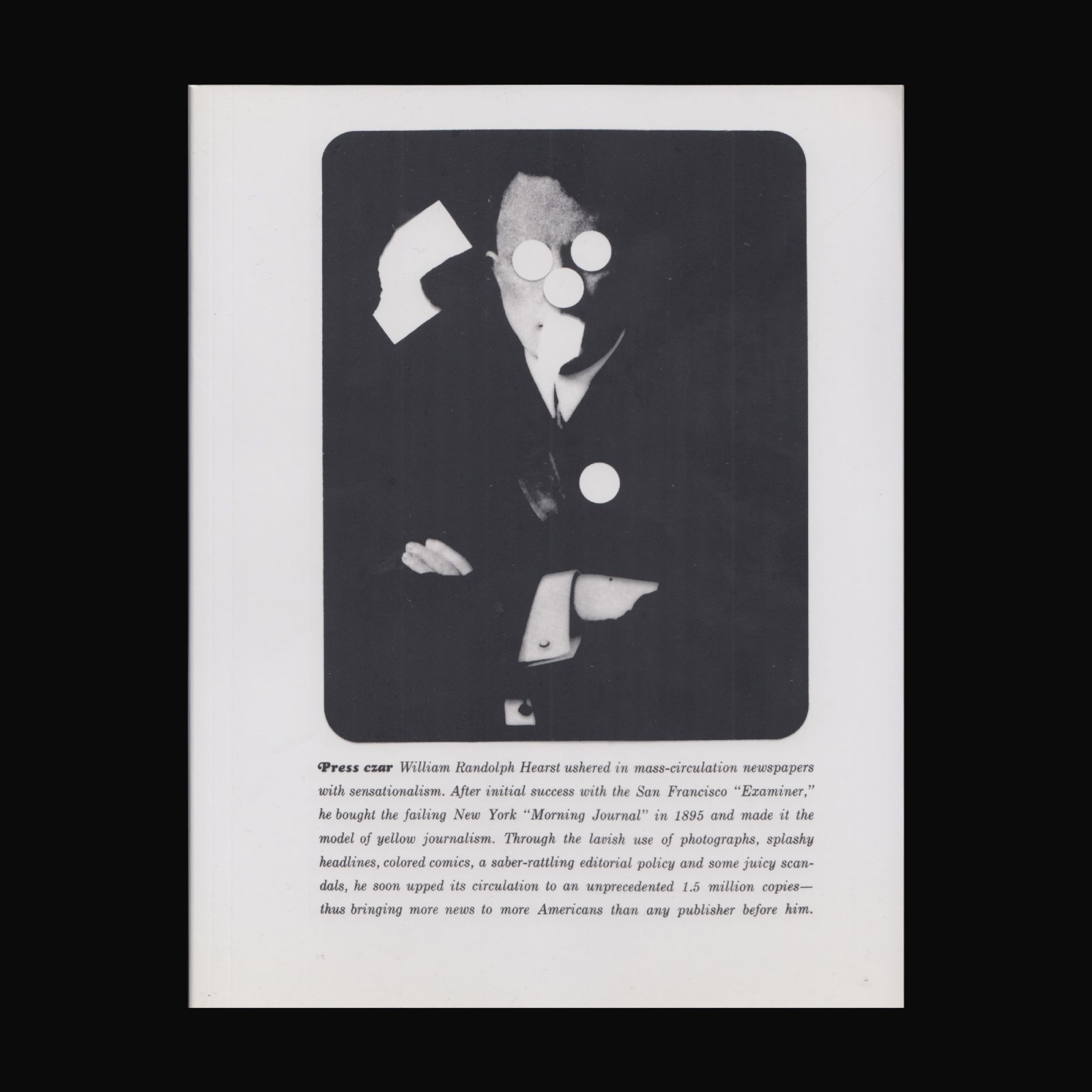








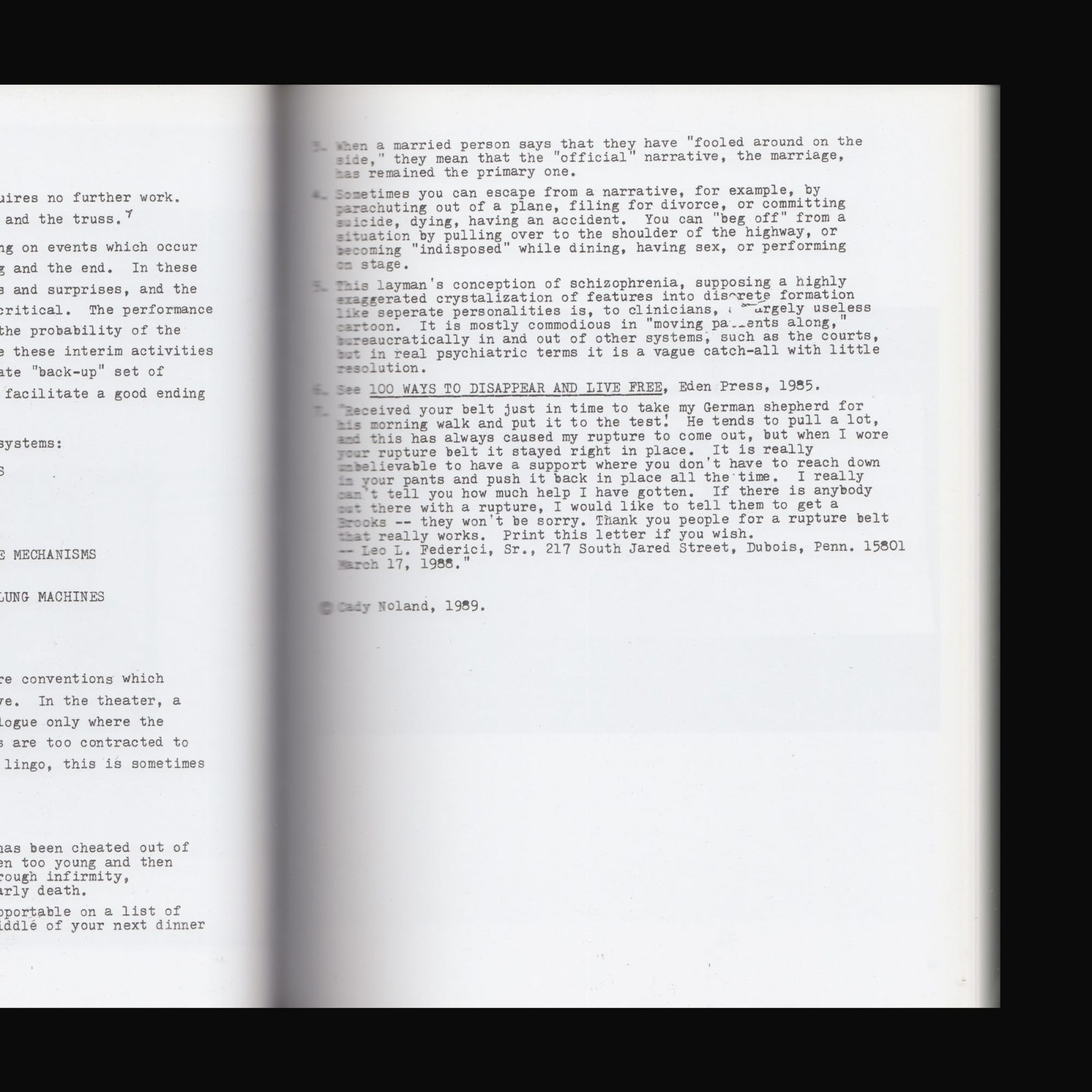
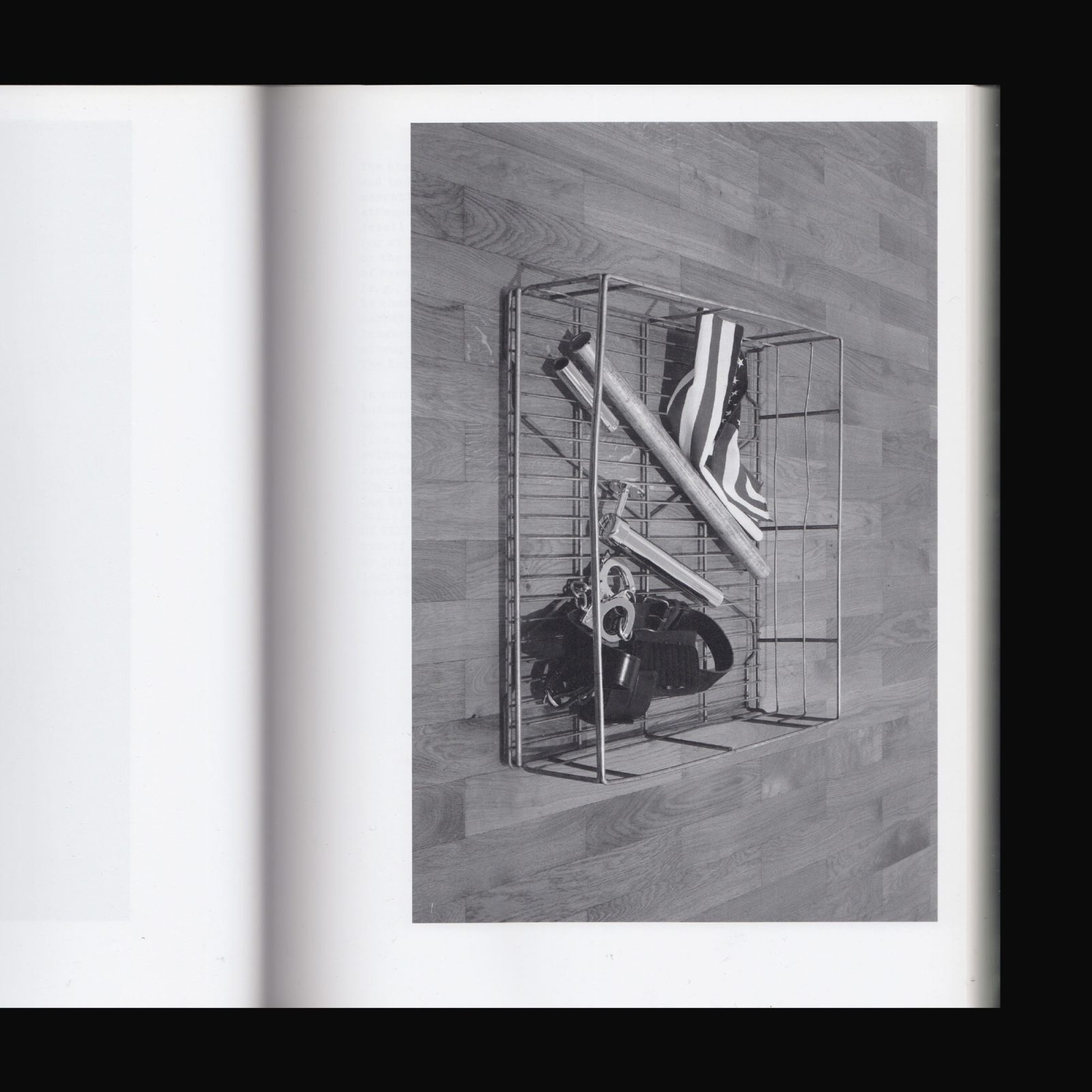
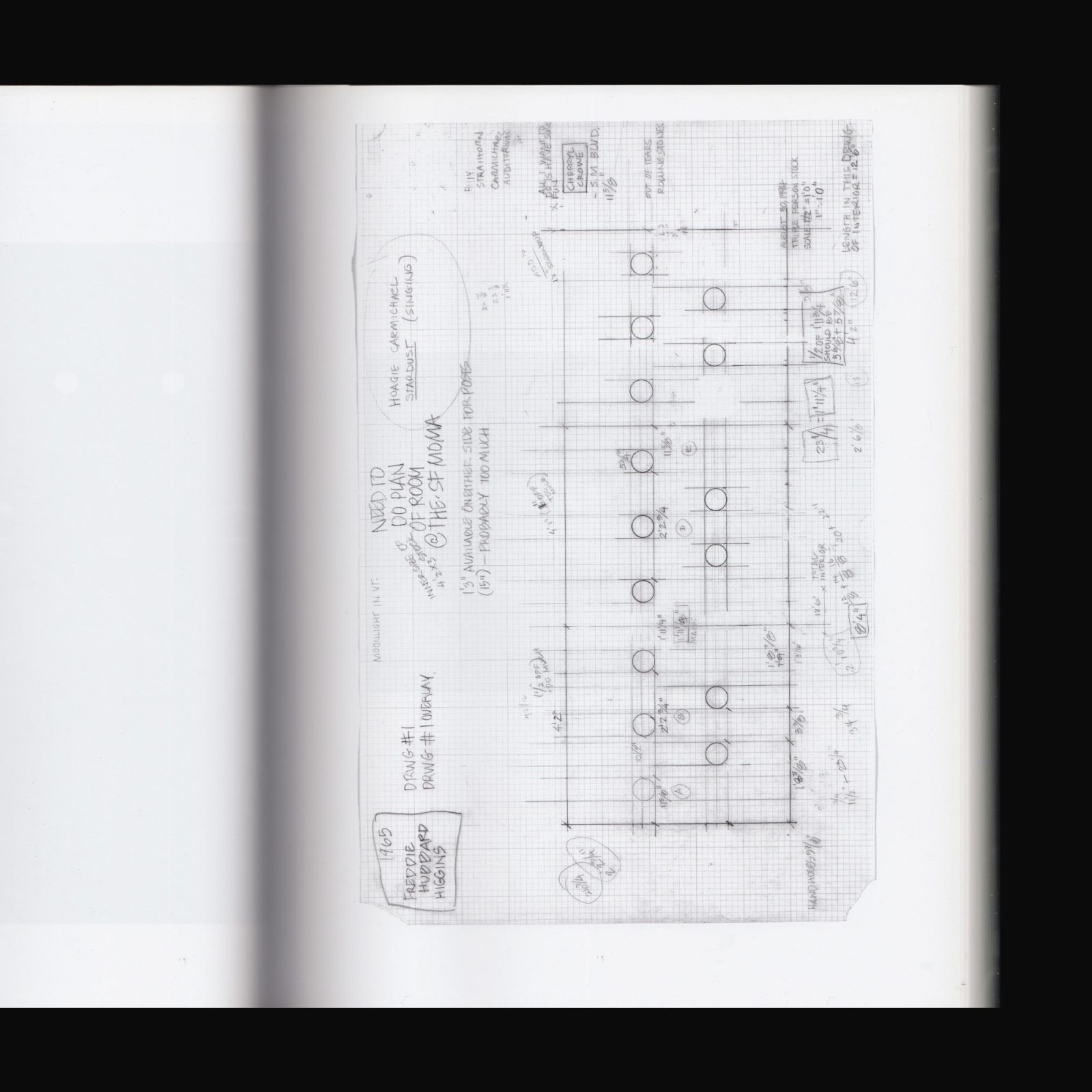


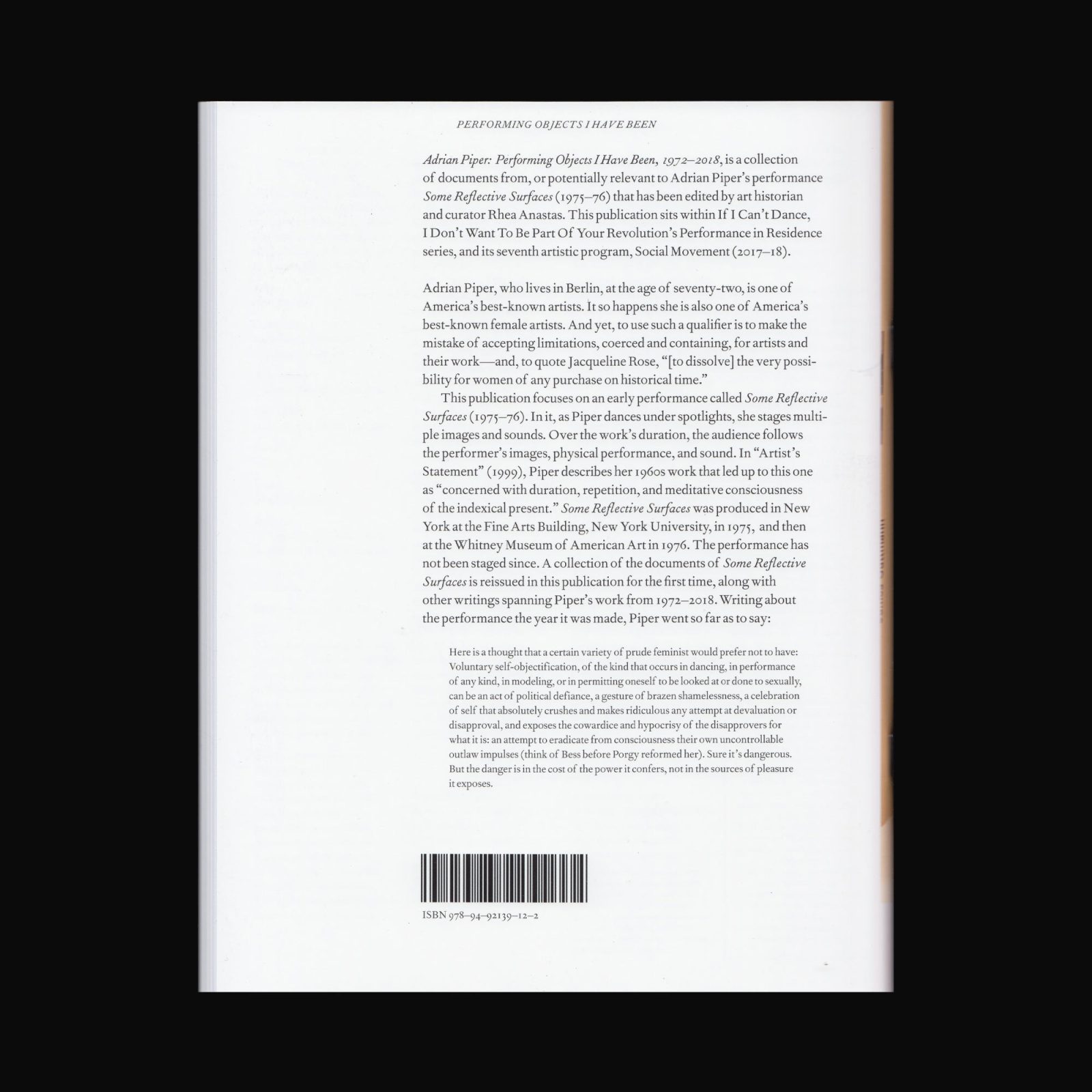
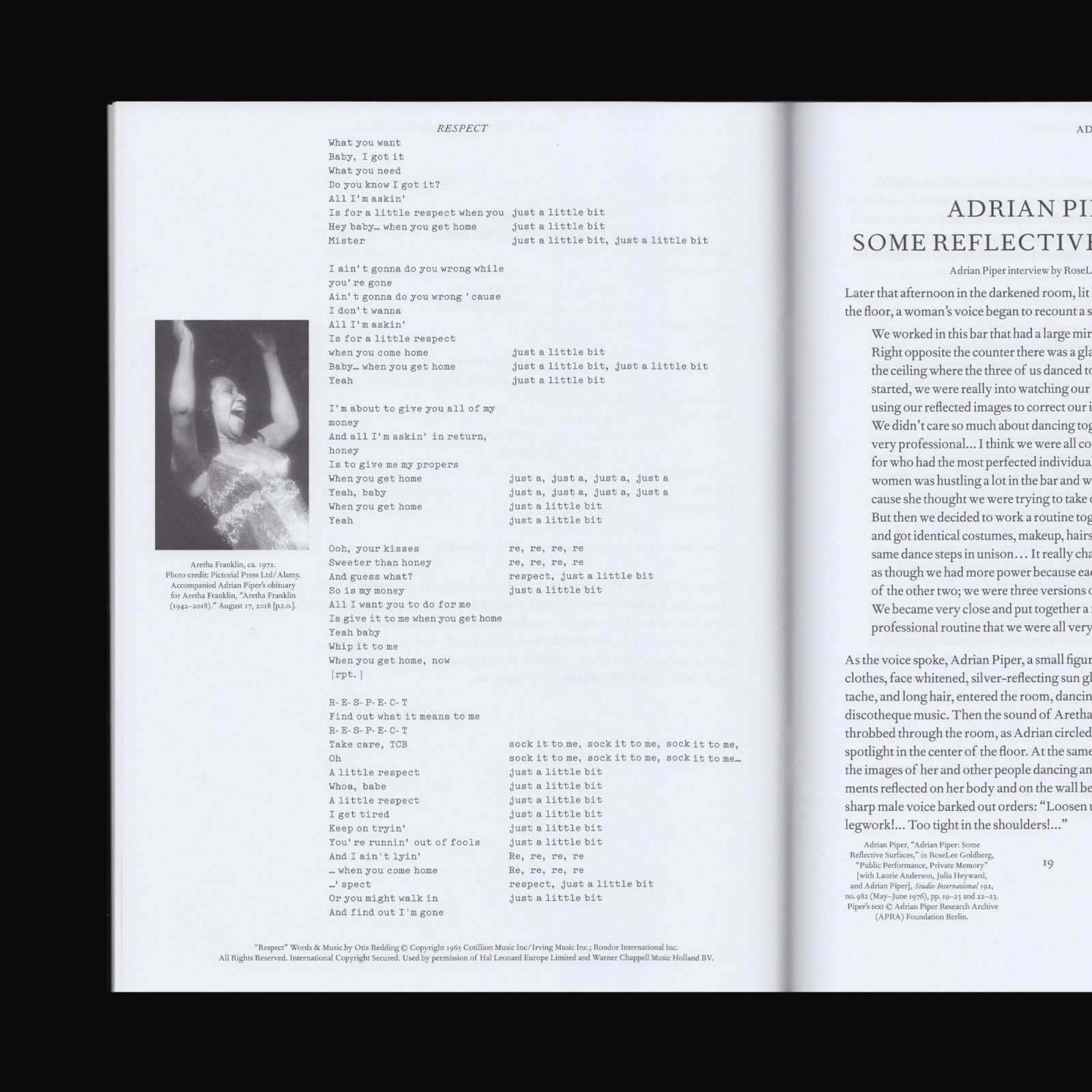
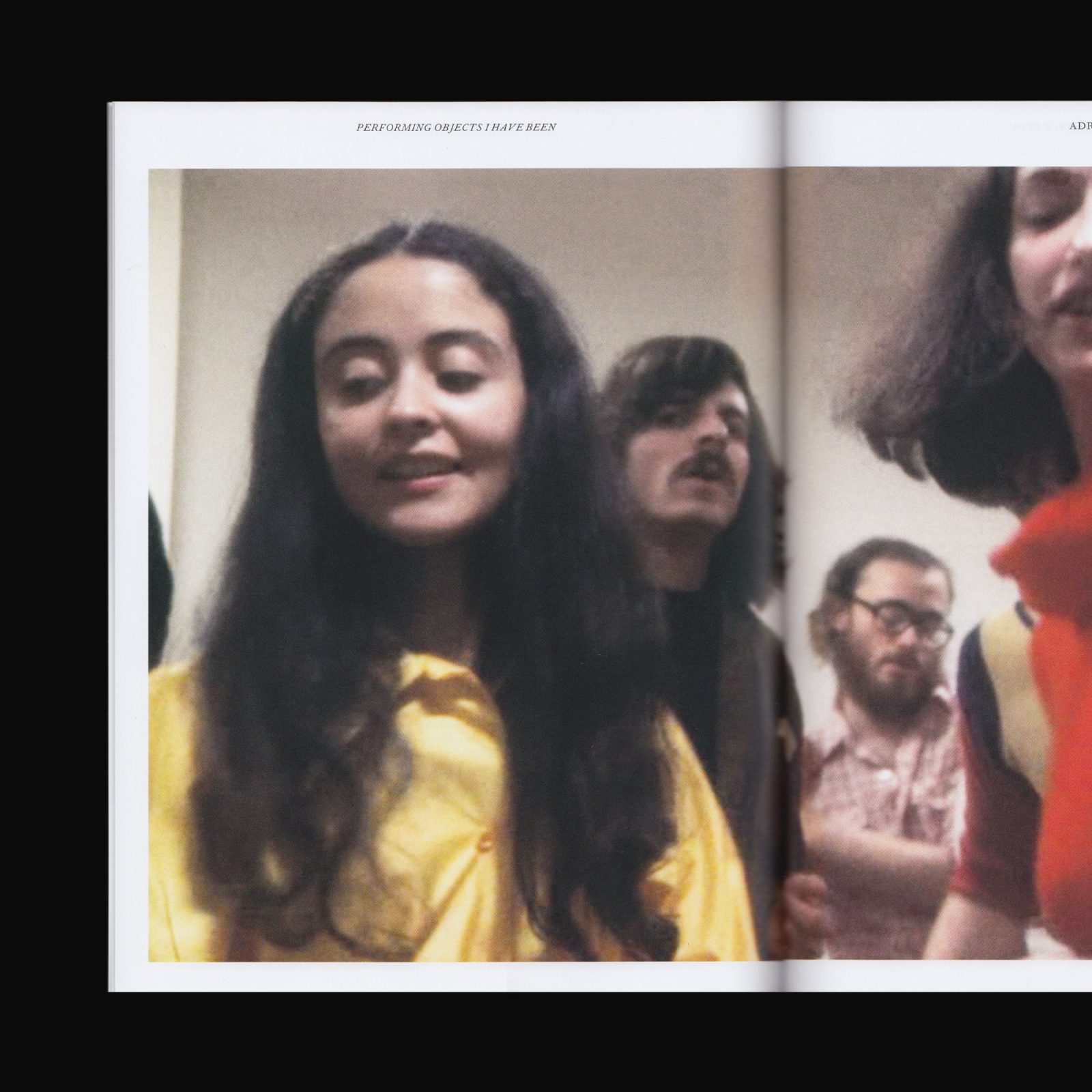

Adrian Piper: Performing Objects I Have Been, 1972–2018 is a collection of documents from, or potentially relevant to Adrian Piper’s performance Some Reflective Surfaces (1975–76) edited by art historian and curator Rhea Anastas. In this early live piece, Piper dances under spotlights to Aretha Franklin’s ‘Respect’, additionally staging video feedback and filmed images of herself dancing, and two sound recordings—‘Respect’ itself, and a voice-over narrative. Some Reflective Surfaces was produced in New York in the Fine Arts Building, New York University in 1975 and then at the Whitney Museum of American Art in 1976. The performance has not been staged since. The documents of Some Reflective Surfaces include writings by, and audio transcripts of Piper. The publication is illustrated with photographs of Piper’s performances and other works.
Edited by Rhea Anastas with contributions by RoseLee Goldberg and Adrian Piper. Designed by Will Holder.
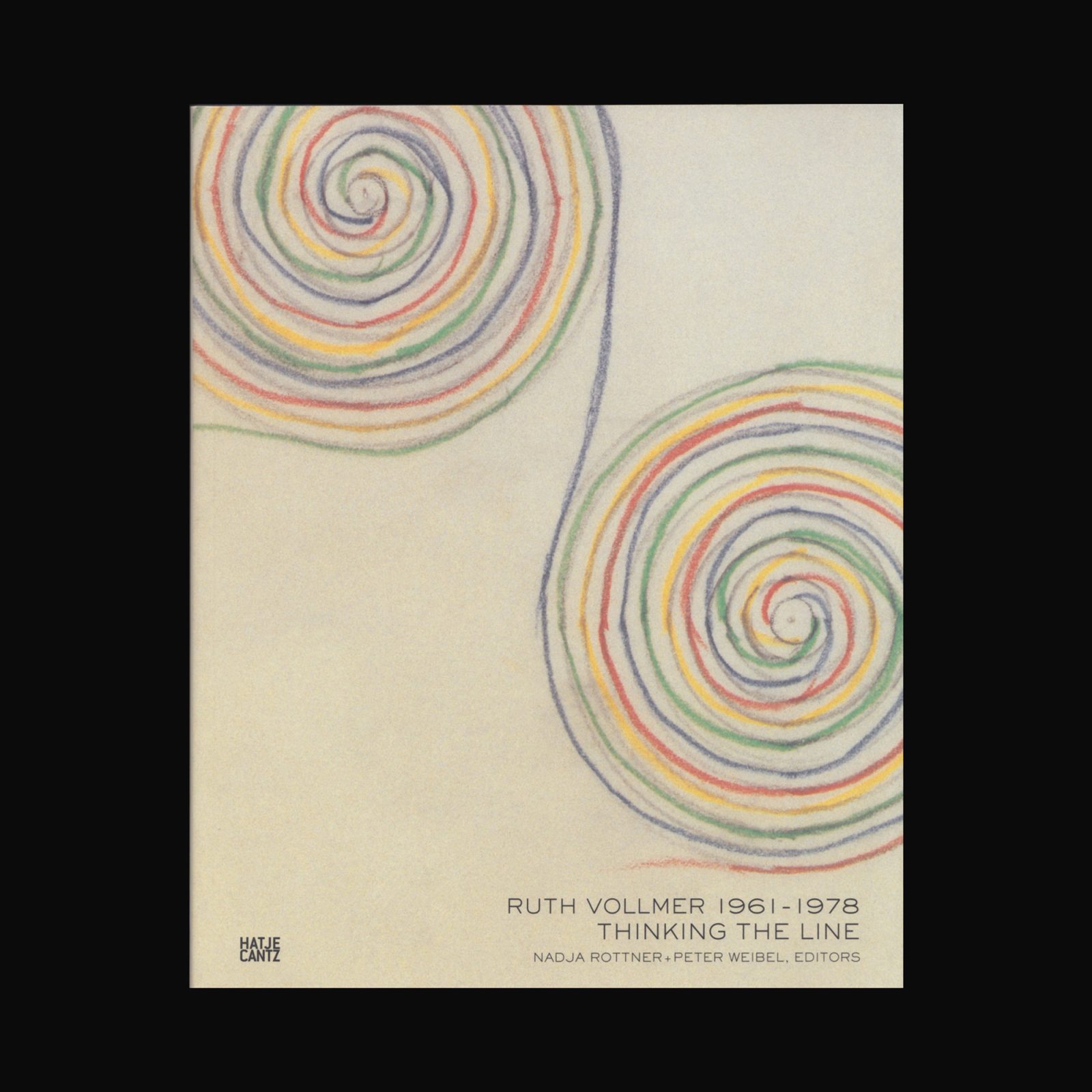
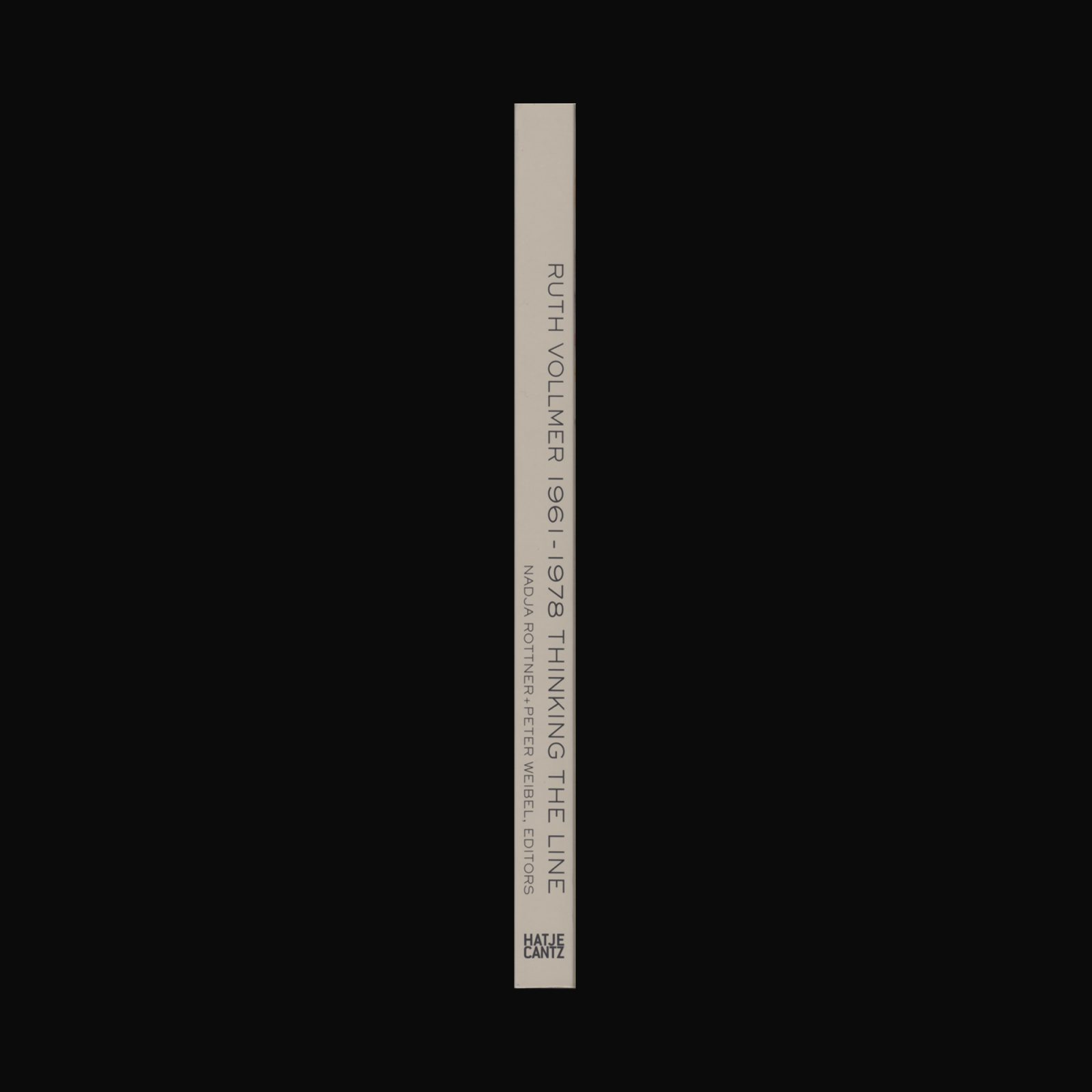
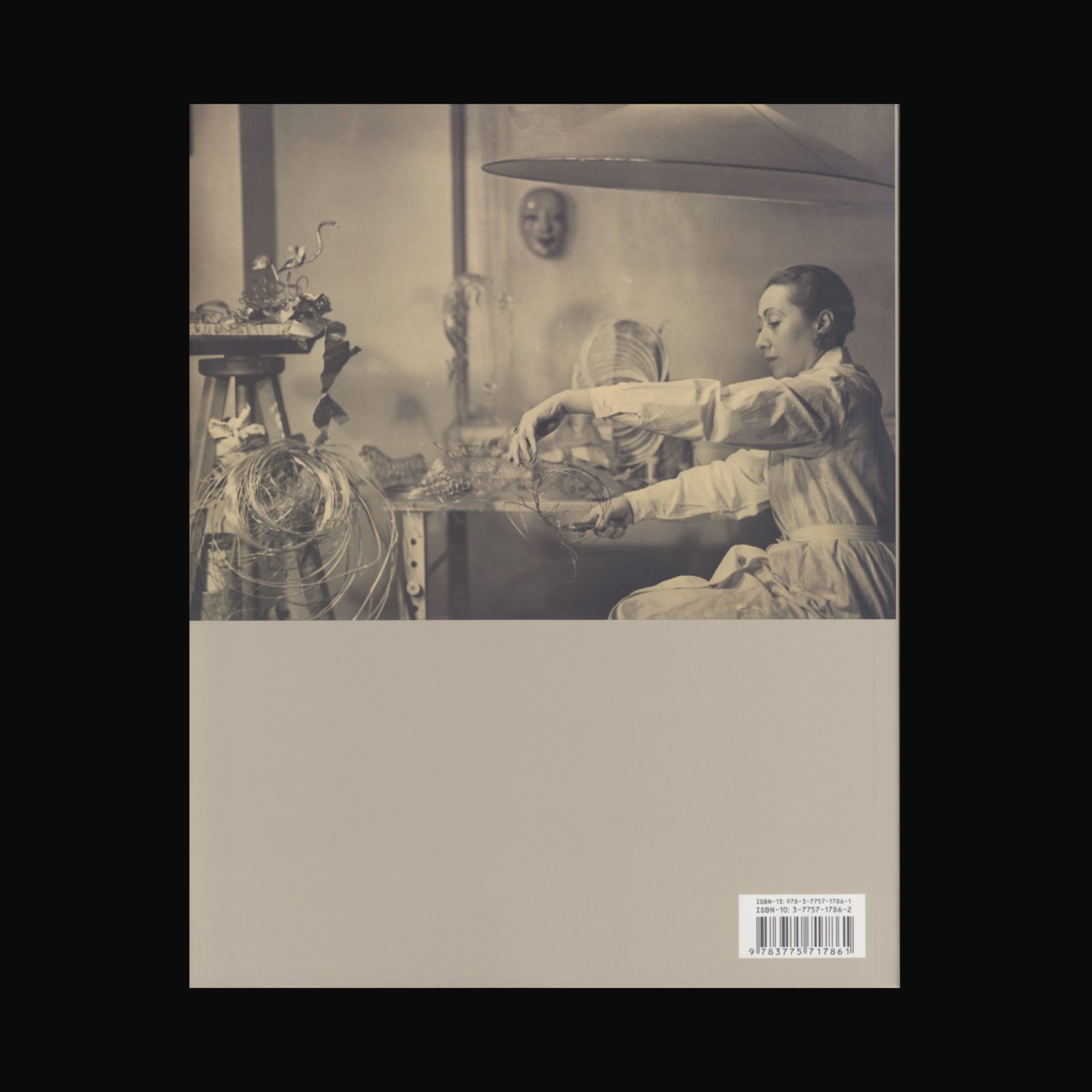
At the forefront of some of the most significant artistic developments of the sixties was a group of New York–based artists that included Sol LeWitt, Robert Smithson, Mel Bochner, Eva Hesse, Richard Tuttle, and a lesser-known figure named Ruth Vollmer (1903–1982). A German-born émigré, Vollmer devoted her work to the cross-fertilization of science, mathematics, and the visual arts. Drawing from sources as diverse as Plato’s philosophy of mathematics and Bernhard Riemann’s non-Euclidean conception of space, the artist freely experimented with the many permutations of the sphere, from the circle, spiral, and pseudosphere to the ephemeral soap bubble. With her mathematical formalism, Vollmer participated in a constructivist revival, rejecting late-modernist notions of geometric abstraction in favor of “thinking the line.” Featuring selected sculptures and drawings, statements by the artist, and essays by art historians as well as the artists who knew her this book is the first to offer a thorough account of Vollmer’s works.
Texts by Rhea Anastas, Mel Bochner, Ann Reynolds, Nadja Rottner, Kirsten Swenson, Anna Vallye, Lucy R. Lippard, Rolf-Gunther Dienst, Sol LeWitt, Thomas Nozkowski, Richard Tuttle, Ruth Vollmer, Susan Carol Larson.